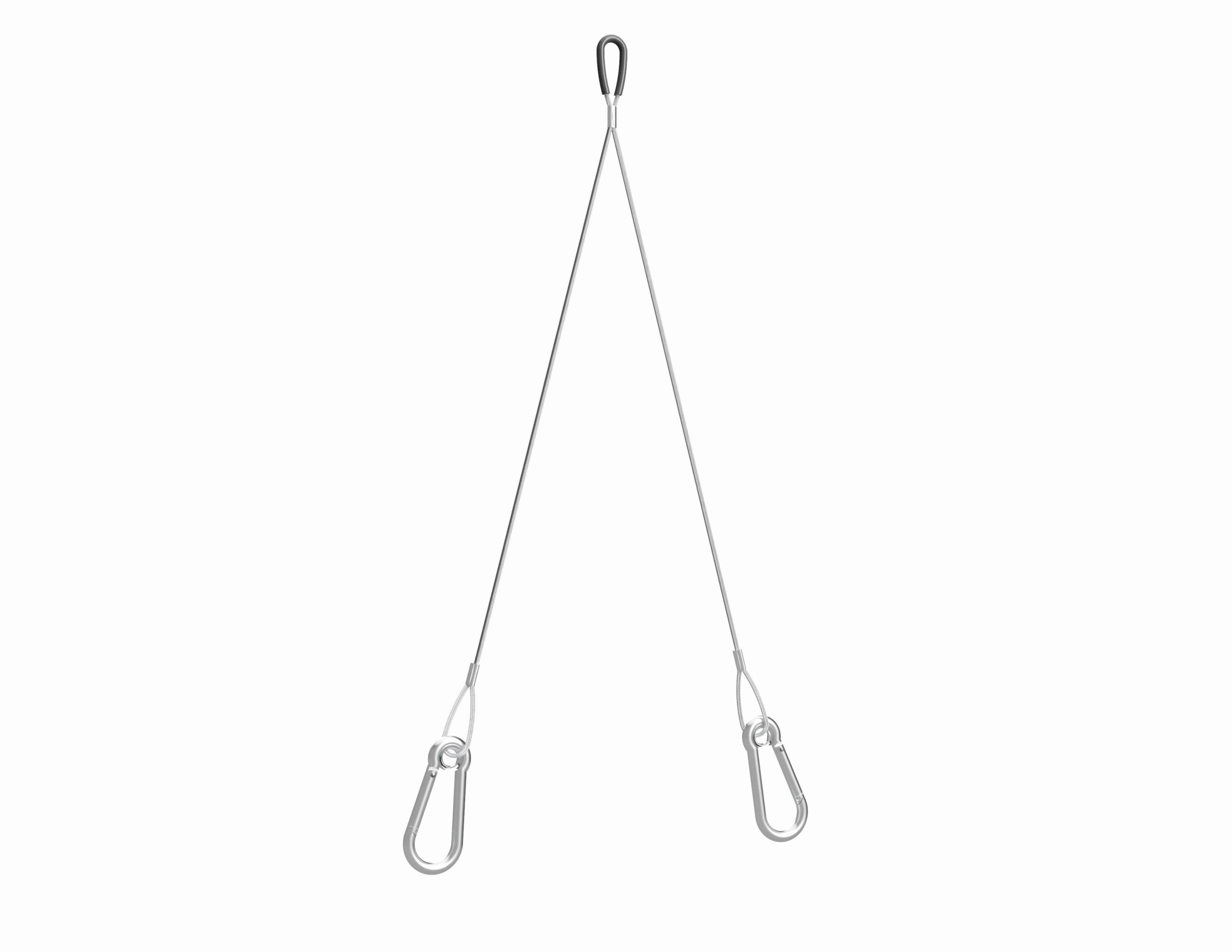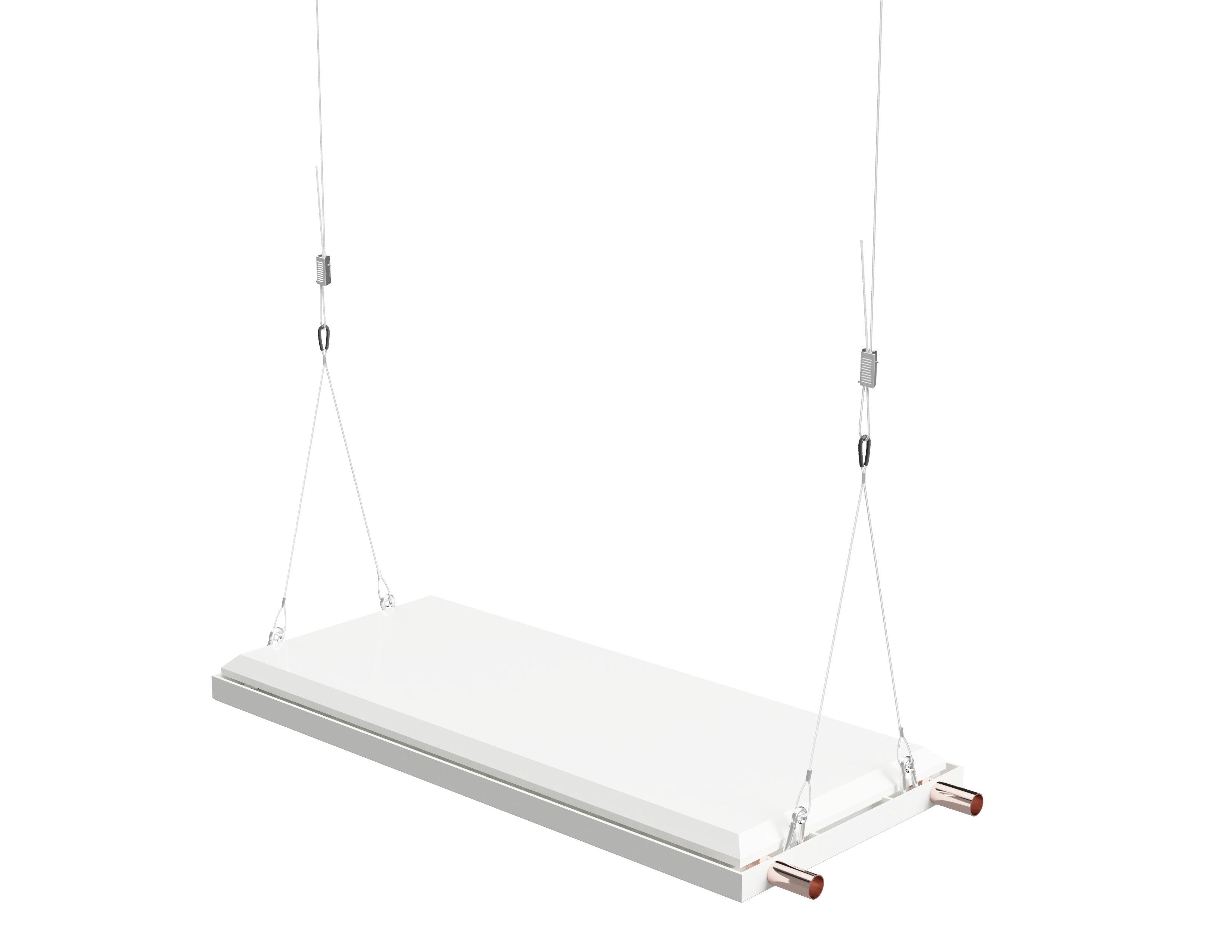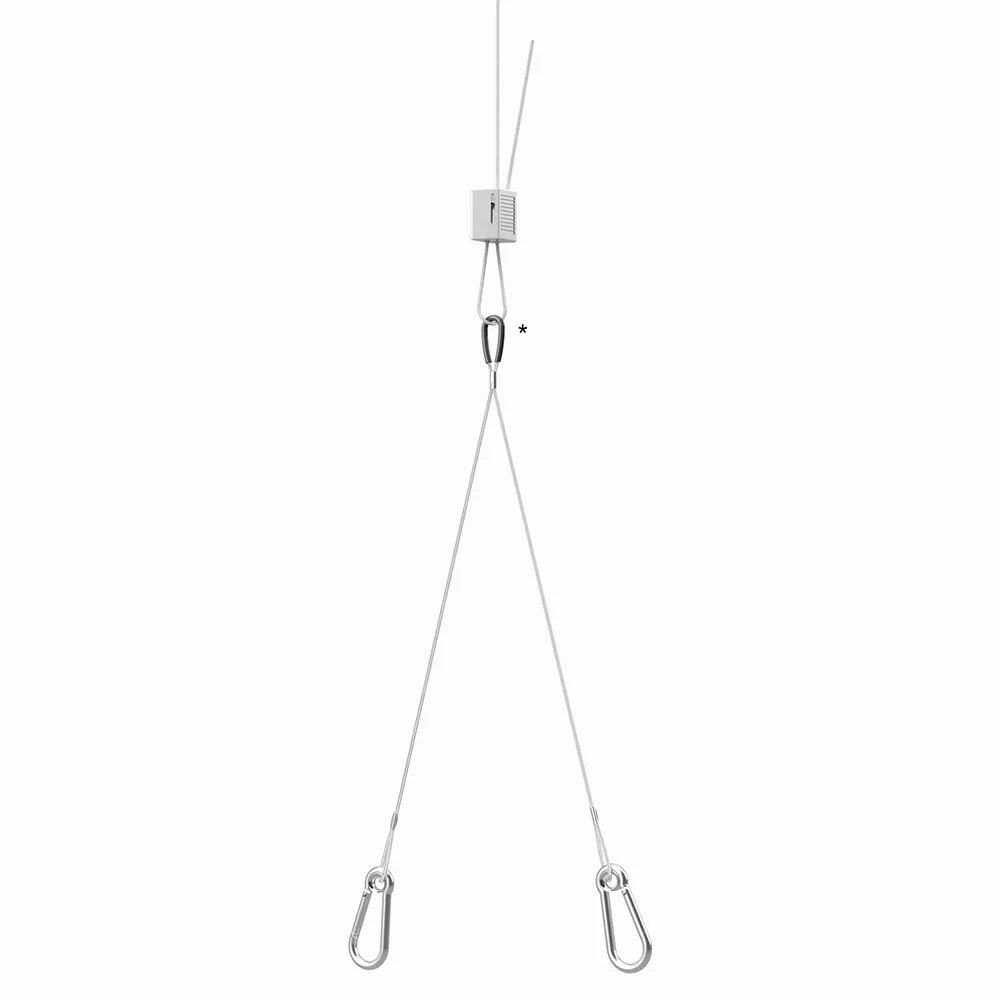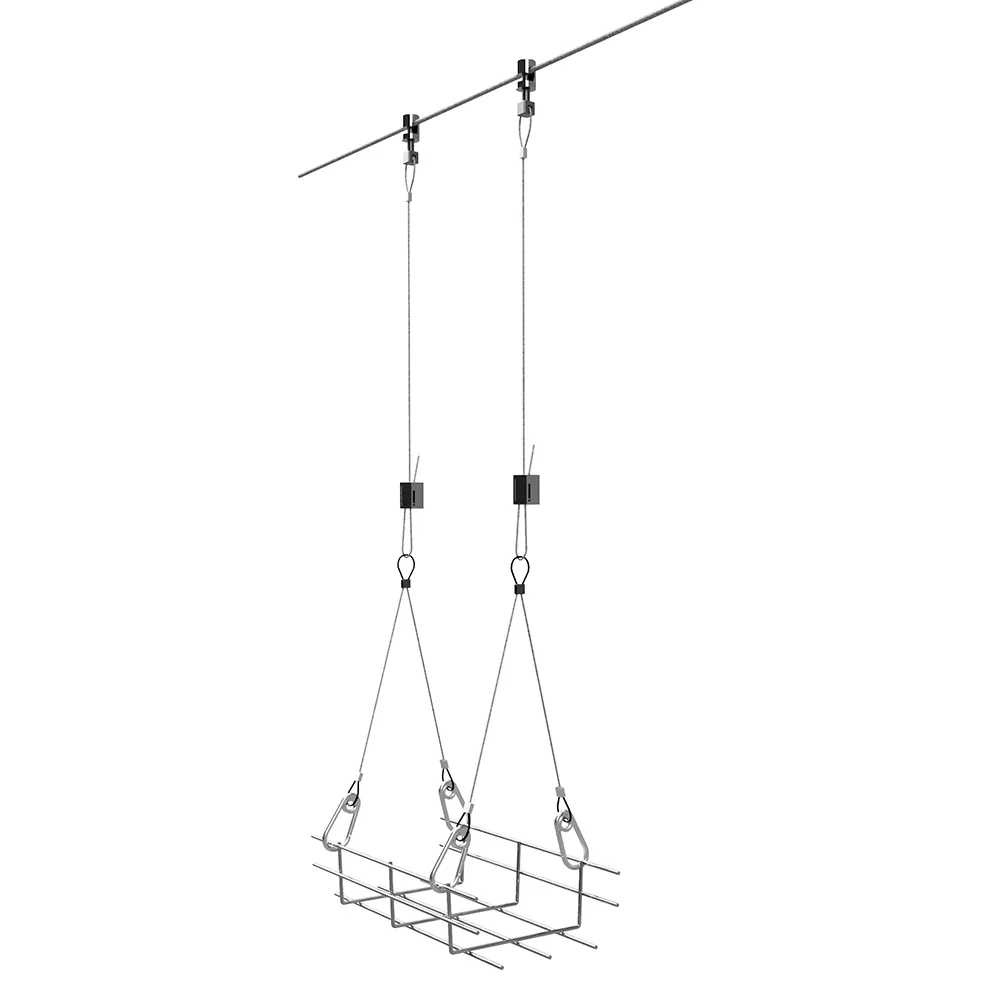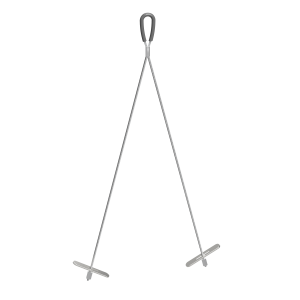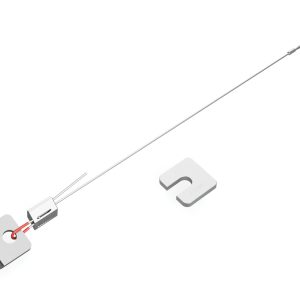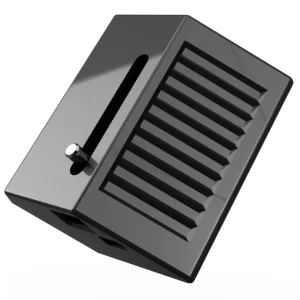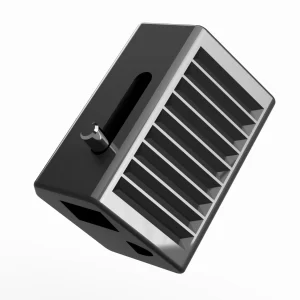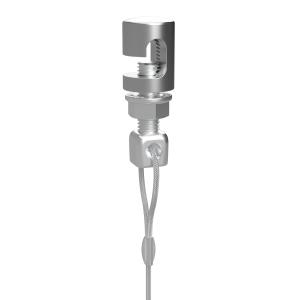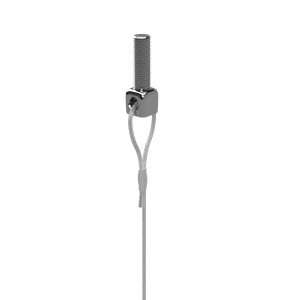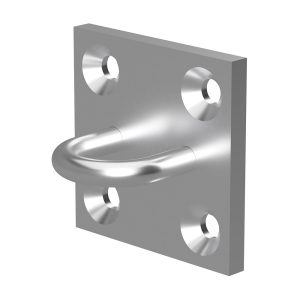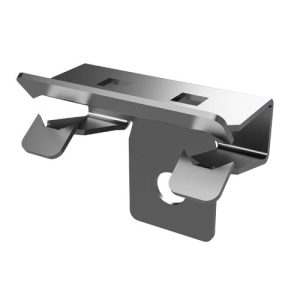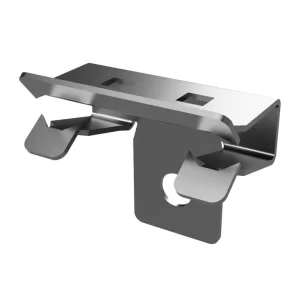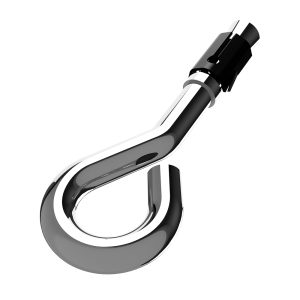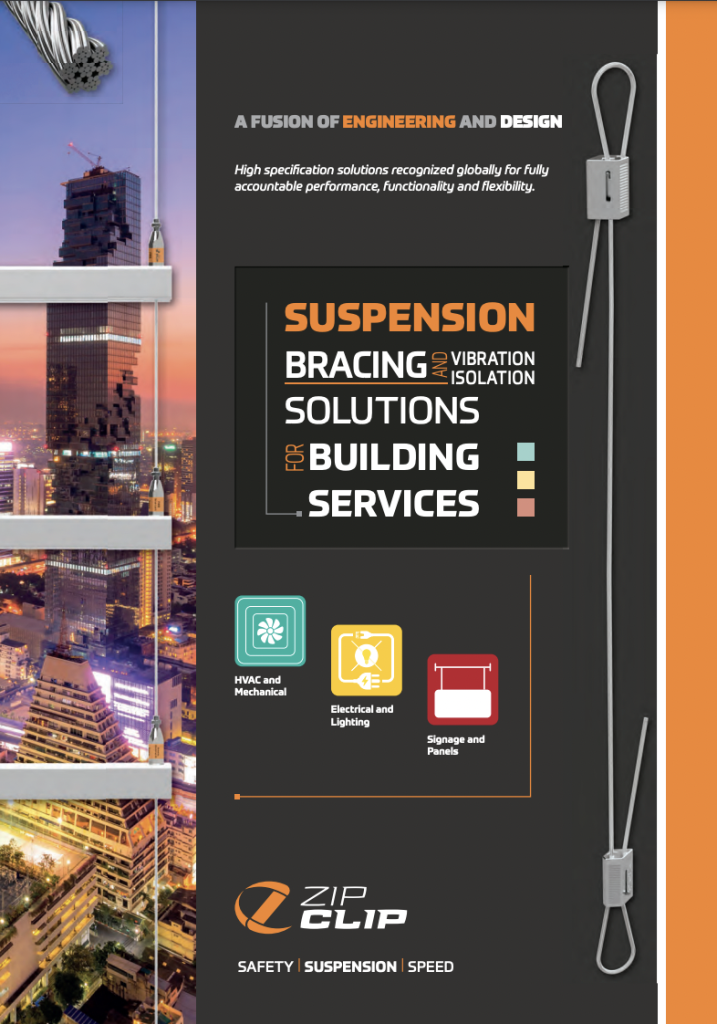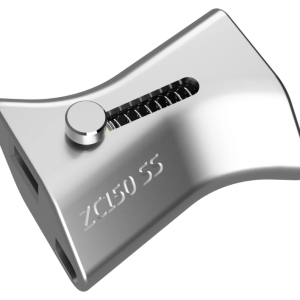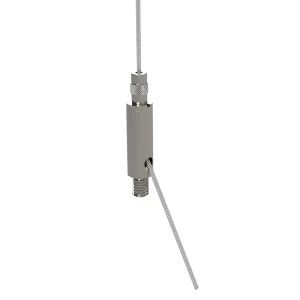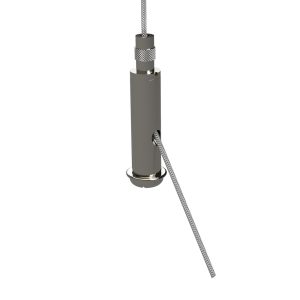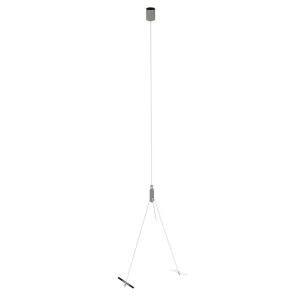AVAILABILITY
Zip-Clip have two different Try-Lock systems each allocated a letter to differentiate between the available safe working loads (SWL). Each system comprises a specific diameter of wire rope. Systems are available for spans from 50 mm up to 400 mm as standard, however, larger spans can be manufactured on request.
SAFE WORKING LOADS
- S 50 kg
- Y 90 kg
AREAS FOR USE
The Try-Lock system is designed for indoor applications. Regular galvanised systems should not be used in areas that have levels of corrosion or elevated levels of heat or moisture.
For installations that are within corrosive areas consult with Zip-Clip Technical Department.
INSTALLATION
Example installation onto cable basket is carried out at ground level:
- Open gate of carabiner and hook around upright wire of cable basket.
- Repeat on opposite side of basket.
- Ensure angle is 60 degrees or less.
- Offer basket up to pre-installed vertical wire suspensions.
- Link to vertical suspension with a Zip-Clip locking device by feeding wire through PVC loop and returning wire back into Zip-Clip device. Trim wire leaving a minimum 15 cm tail.
Example installation onto plenum box:
- Clip carabiners into available connection points, e.g. through holes.
- Ensure the intended fixture will accommodate the carabiners.
- If no connection points are available, install eye bolts into the service to give connection points for the carabiners.
BEST PRACTICE
- For static loads only.
- Ensure carabiners are compatible with the available fixing points.
- Ensure carabiners are located correctly and not over loaded.
- Ensure snap gate is fully closed when fitted to services.
- Angle of the span should not exceed 60 degrees.
- If angle exceeds 60 degrees, use Try-Lock with a larger span.
FIXING CENTRES
- Ensure adequate fixing centres are utilised for the intended application.
- Follow industry standards according to application.
- Do not overload.
- Do not go beyond safe working load.


